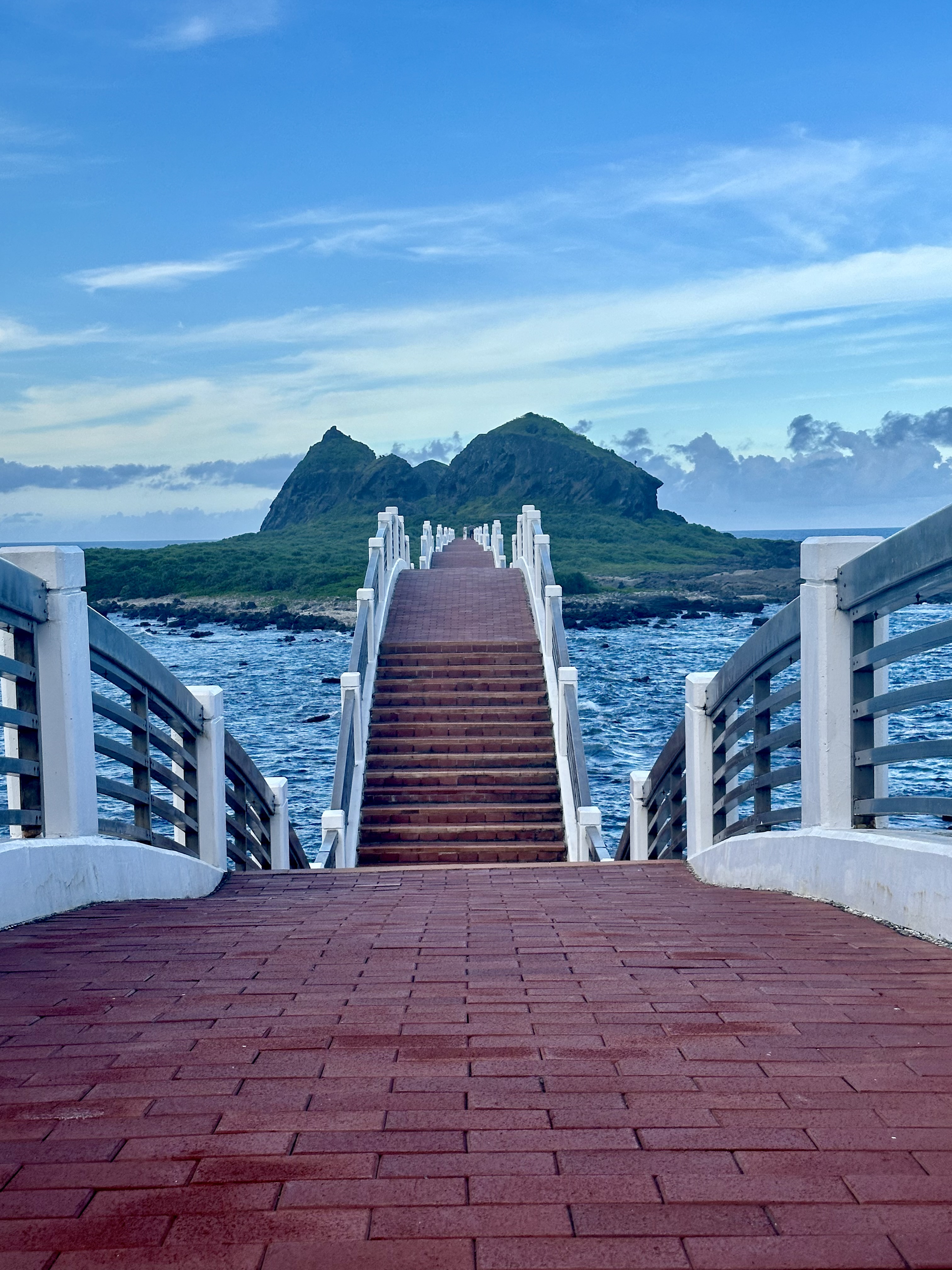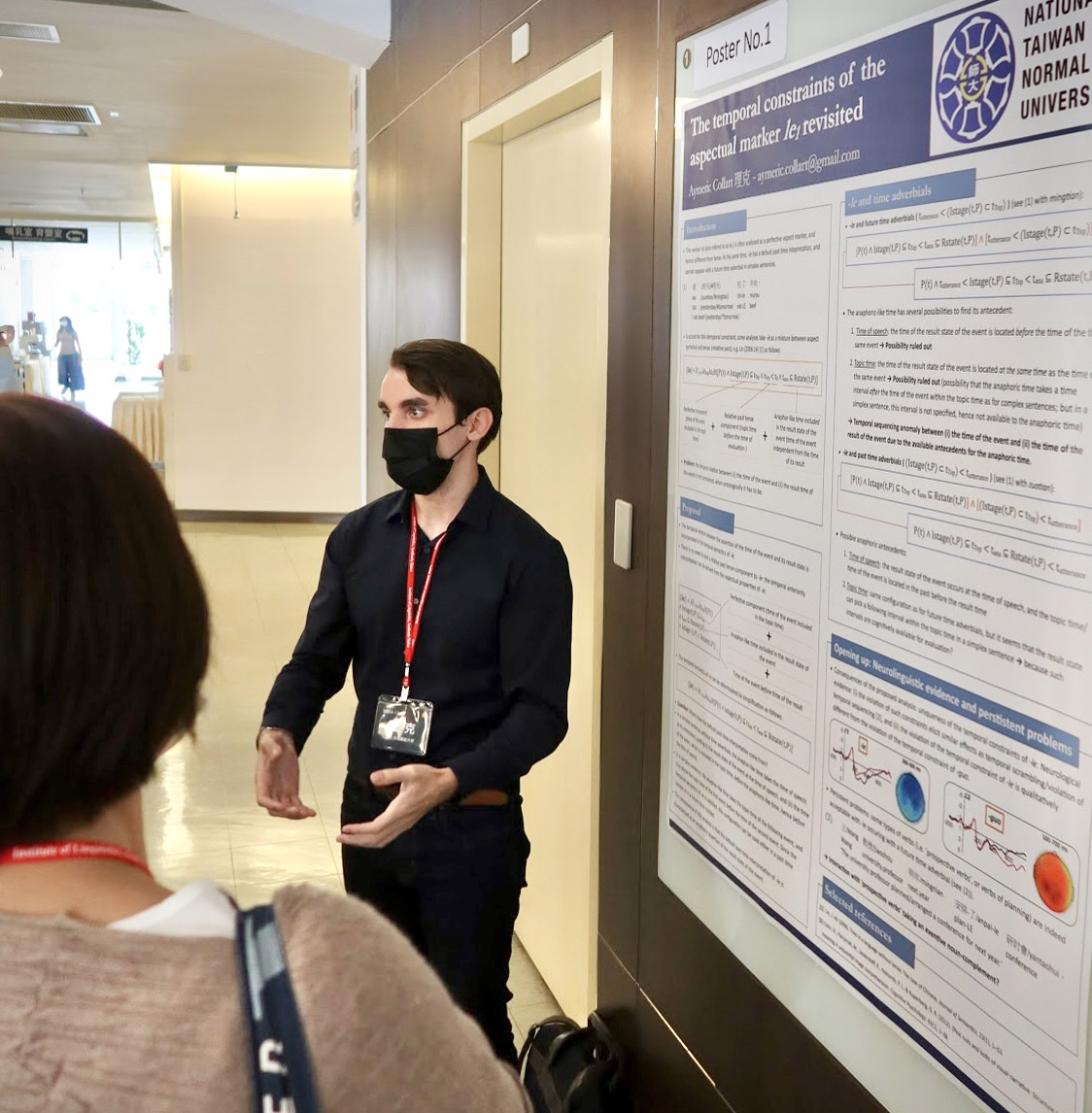#30DayMapChallenge, Day 1: Setting the objectives
3 minute read
As some people may know, I’m actively working on the language processing of understudied languages. I often refer to Taiwan as an open laboratory for cross-linguistic research for psycholinguistics: There are so many languages with so many interesting phenomena but so little has been done! I also remember that when discussing this topic with other researchers, what I often heard was that “Taiwan is so small, you just need a 2-hour drive and you can get to indigenous communities. You’re so lucky!”.
So what’s the problem?
Well, as a field-based psycholinguist in Taiwan, I can’t totally agree. Getting physically in the communities is quite a challenge. The villages are very often by the ocean and/or in the mountains, and Taiwan is a place for earthquakes, typhoons and sudden rain. Add to this the heavy heat, the humidity, so that it’s virtually impossible to conduct a psycholinguistic study starting from late May to early October. The roads can be blocked by lanslides or rocks falling. If you don’t have a car (or just can’t drive!), you’re considered lucky if you have one bus in a day.
This is the reality of the geography of Taiwan, it’s challenging but it’s a part of its charm as well. Getting to work in the villages feels like you’re on vacation with great views on the Pacific Ocean and the high mountains, surrounded by the wonderful Formosan culture! This is the environment you can have on the East coast in Amis villages:

The main problem I found when discussing with other researchers is that this reality isn’t really conveyed by the maps we can find in articles and books.
 (Map taken from Wikimedia Commons, url: here)
(Map taken from Wikimedia Commons, url: here)
When you know that Taiwan is as big as Belgium, and that it has a quite well-deserved transportation system, it really doesn’t seem to be a problem to get into the villages in the South (for reference, the capital city Taipei is located the North). What is misleading is that this is a two-dimensional map. Now just compare with this:
 (Map taken from Wikimedia Commons, url: here)
(Map taken from Wikimedia Commons, url: here)
It’s not hard to see that the main indigenous groups in terms of population size (Amis, Paiwan, Bunun, Atayal for the top ones) are… in the high mountains!
Goal of the challenge
I’ve recently come across the #30DayMapChallenge, and it reminded me of this old idea I had of trying to draw maps of Taiwan and the Formosan languages according to other factors. Maybe now it’s time to be more diligent in this project. I’m really not sure how much I’ll be able to achieve, but it’ll surley be worth the try!
This is quite a fuzzy goal so far, but it’s intended. Right now, I’m more interested in documenting the process and getting to understand what I’ll be able to do. Just be prepared for many failures, but we’ll surely learn a thing or two in the meantime.
